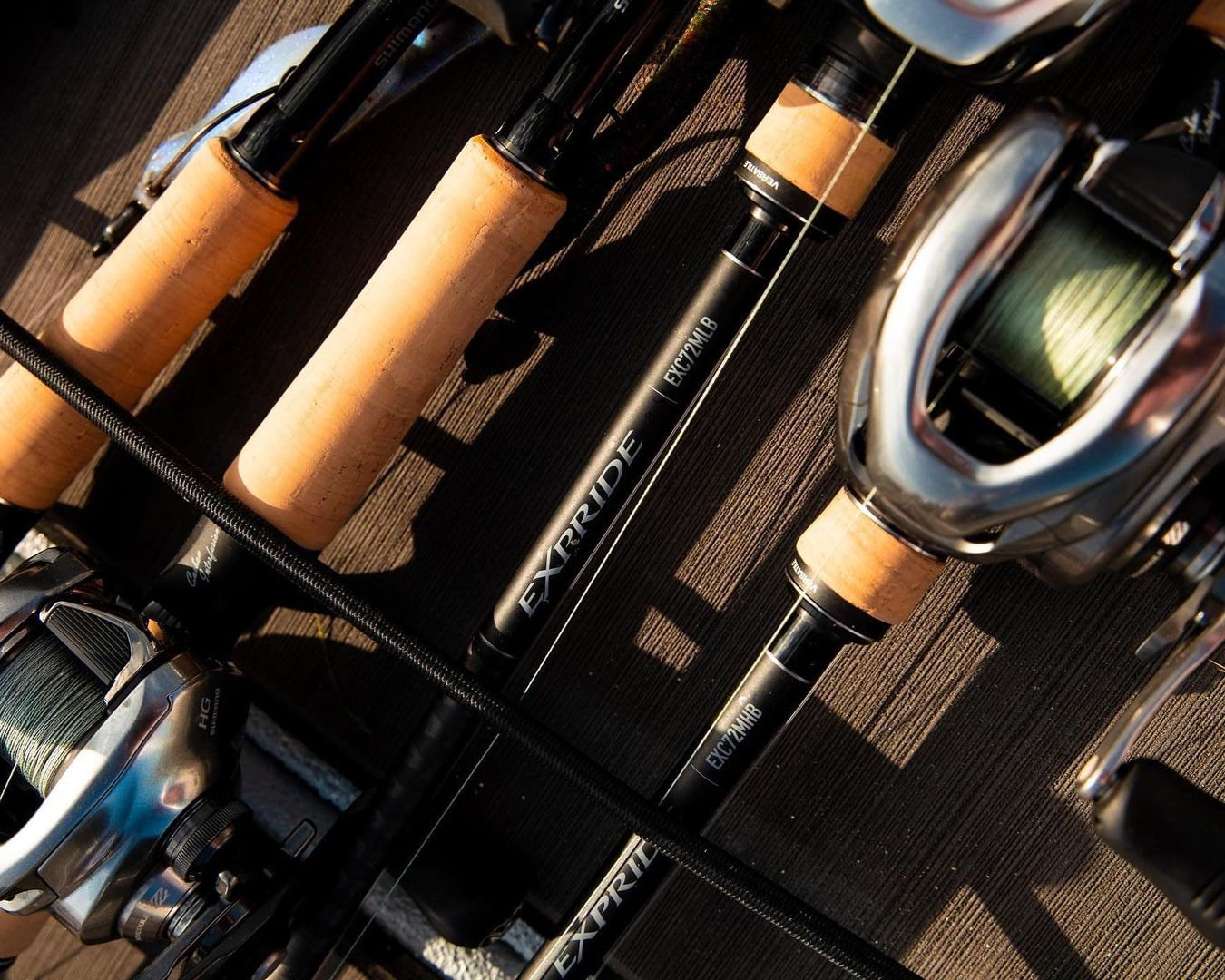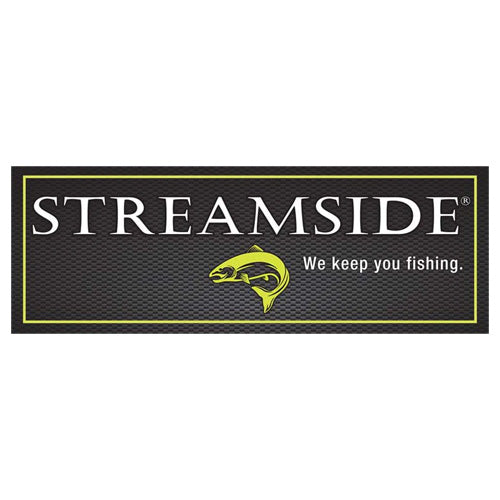-
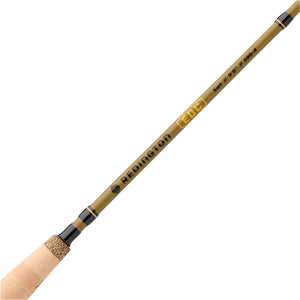
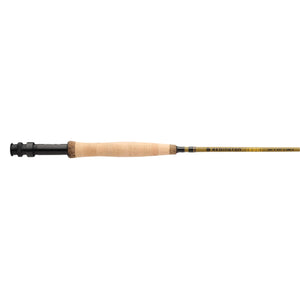 Vendor:Redington
Vendor:RedingtonRedington EDC Fly Rod
Regular price From $499.99 CADRegular price -

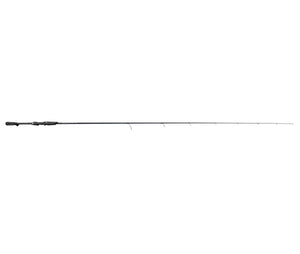 Vendor:St. Croix
Vendor:St. CroixSt. Croix Physyx Spinning Rod
Regular price From $499.99 CADRegular price -
 Vendor:Redington
Vendor:RedingtonHydrogen Trout Spey Fly Rod
Regular price $499.99 CADRegular price -
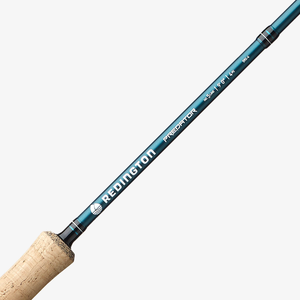
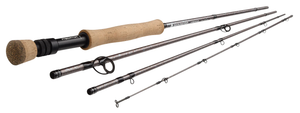 Vendor:Redington
Vendor:RedingtonRedington Predator Fly Rod
Regular price From $459.99 CADRegular price -
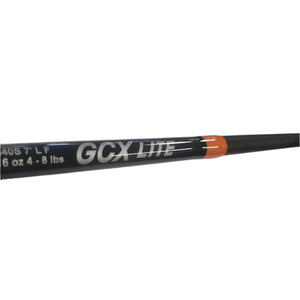
 Vendor:G. Loomis
Vendor:G. LoomisG. Loomis GCX Lite Spinning Rod
Regular price From $449.99 CADRegular price -
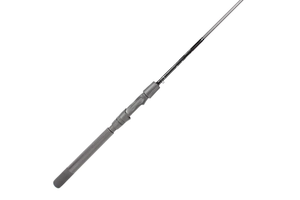
 Vendor:Lamiglas
Vendor:LamiglasLamiglas The Closer Jigging Rod
Regular price $449.99 CADRegular price -
-18%
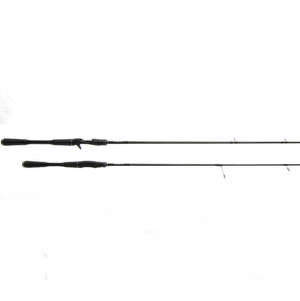 Vendor:Shimano
Vendor:ShimanoShimano Poison Adrena Casting Rod
Regular price From $444.99 CADRegular price$544.99 CAD-18%Sale price From $444.99 CAD -
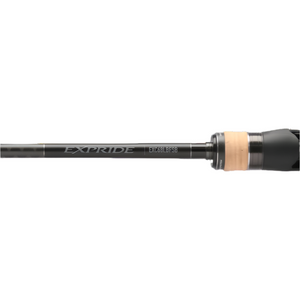
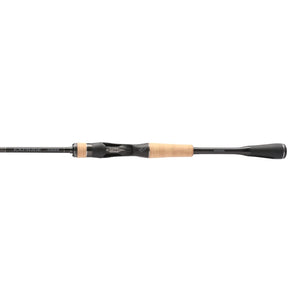 Vendor:Shimano
Vendor:ShimanoShimano Expride B Casting Rod
Regular price From $439.99 CADRegular price -
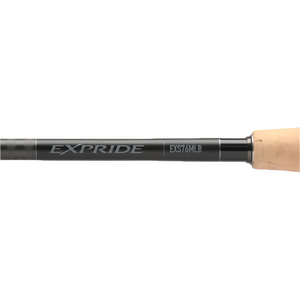
 Vendor:Shimano
Vendor:ShimanoShimano Expride B Spinning Rod
Regular price From $439.99 CADRegular price -

 Vendor:St. Croix
Vendor:St. CroixSt. Croix Legend Tournament Bass Series Casting Rod
Regular price From $409.99 CADRegular price -
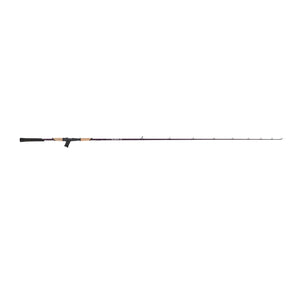
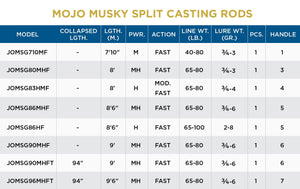 Vendor:St. Croix
Vendor:St. CroixSt. Croix Mojo Musky Trigon Casting Rods
Regular price From $409.99 CADRegular price -
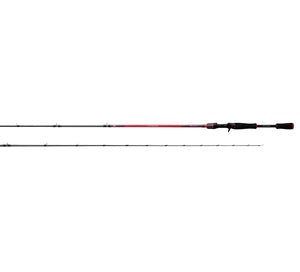
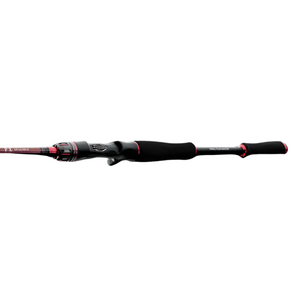 Vendor:Daiwa
Vendor:DaiwaDaiwa PX Bass Casting Rod
Regular price $399.99 CADRegular price -

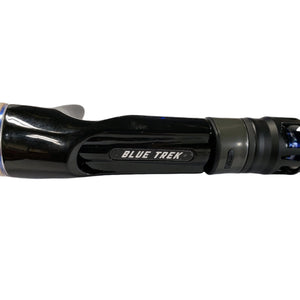 Vendor:D Style
Vendor:D StyleD-Style Blue Trek Casting Rod
Regular price $399.99 CADRegular price -
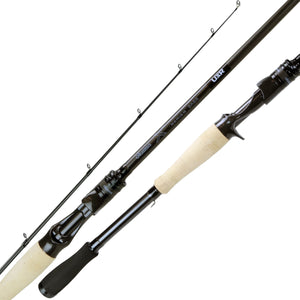 Vendor:Okuma
Vendor:OkumaOkuma X-Series Bass Casting Rod
Regular price $399.99 CADRegular price -
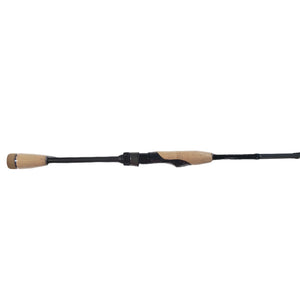
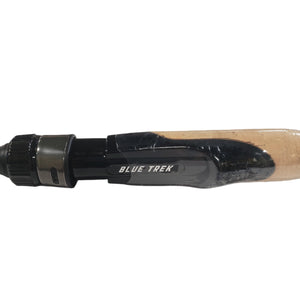 Vendor:D Style
Vendor:D StyleD-Style Blue Trek Spinning Rod
Regular price $399.99 CADRegular price -
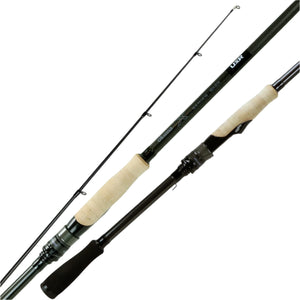 Vendor:Okuma
Vendor:OkumaOkuma X-Series Bass Spinning Rod
Regular price From $399.99 CADRegular price -
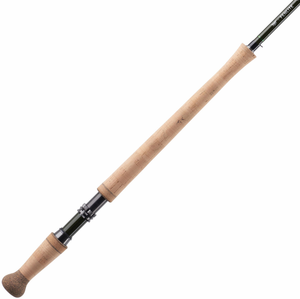
 Vendor:Fenwick
Vendor:FenwickFenwick Fenlite Fly Rod
Regular price From $399.99 CADRegular price -
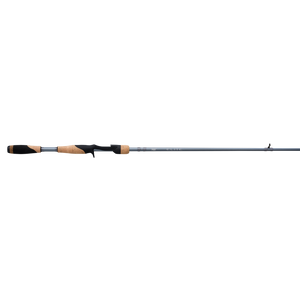 Vendor:Fenwick
Vendor:FenwickFenwick Elite Bass Casting Rod 2023
Regular price $394.99 CADRegular price -
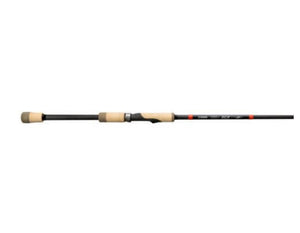
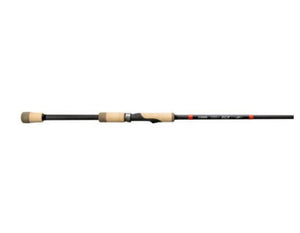 Vendor:G. Loomis
Vendor:G. LoomisG-Loomis GCX Casting Rod
Regular price From $389.99 CADRegular price -
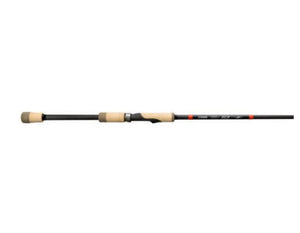
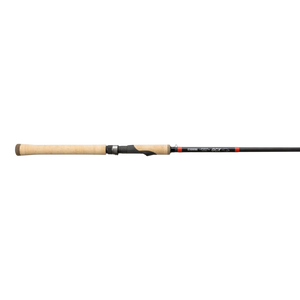 Vendor:G. Loomis
Vendor:G. LoomisG-Loomis GCX Spinning Rod
Regular price $389.99 CADRegular price -

 Vendor:Fenwick
Vendor:FenwickFenwick Aetos Fly Rod
Regular price From $384.99 CADRegular price -
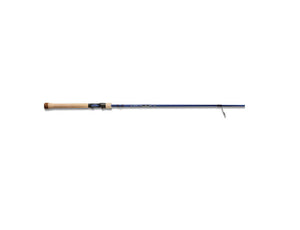 Vendor:St. Croix
Vendor:St. CroixSt. Croix Legend Tournament Walleye Series Spinning Rod
Regular price From $379.99 CADRegular price -
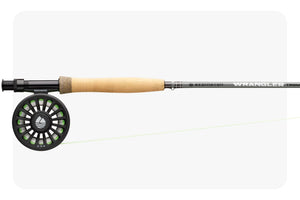
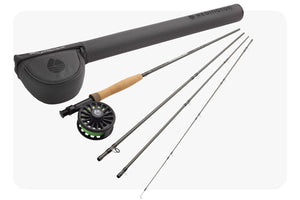 Vendor:Redington
Vendor:RedingtonRedington Wrangler Trout/Salmon Fly Fishing Kit
Regular price $359.99 CADRegular price -
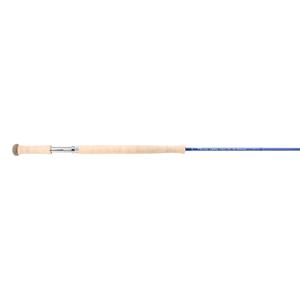 Vendor:Echo
Vendor:EchoEcho Swing Switch Fly Rod
Regular price $349.99 CADRegular price -
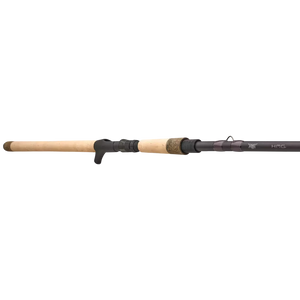
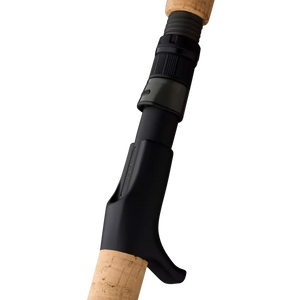 Vendor:Fenwick
Vendor:FenwickFenwick HMG Predator Casting Rod 2023
Regular price From $349.99 CADRegular price -
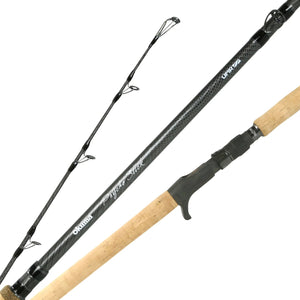
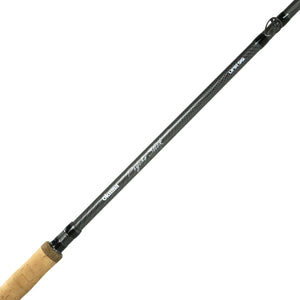 Vendor:Okuma
Vendor:OkumaOkuma Psycho Stick Musky Rod
Regular price $349.99 CADRegular price -
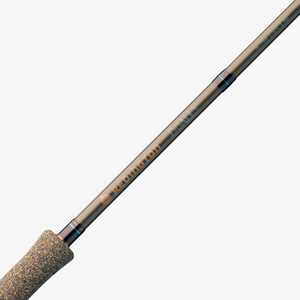
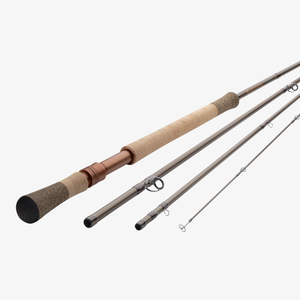 Vendor:Redington
Vendor:RedingtonDually Trout Spey Fly Rod w/ Tube
Regular price $349.99 CADRegular price -
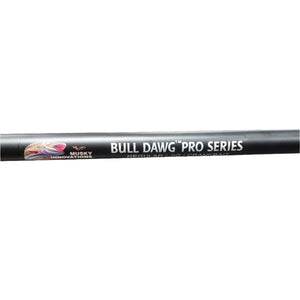
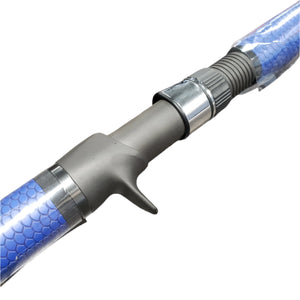 Vendor:Musky Innovations
Vendor:Musky InnovationsMusky Innovations Bull Dawg Pro Series Baitcasting Rod
Regular price $339.99 CADRegular price -
 Vendor:Okuma
Vendor:OkumaOkuma Psycho Stick Bass Casting Rod
Regular price $339.99 CADRegular price -
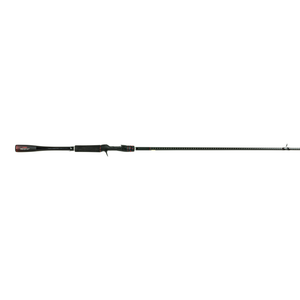
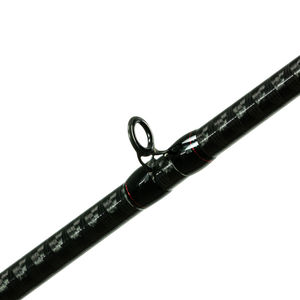 Vendor:Shimano
Vendor:ShimanoShimano Zodias Casting Rod
Regular price From $339.99 CADRegular price -
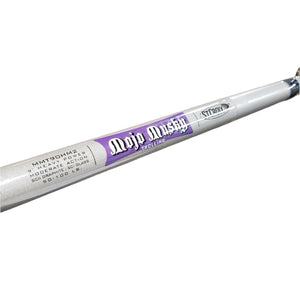
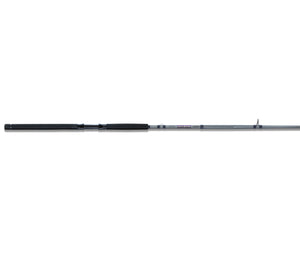 Vendor:St. Croix
Vendor:St. CroixSt. Croix Mojo Musky Trolling Rod
Regular price From $339.99 CADRegular price -
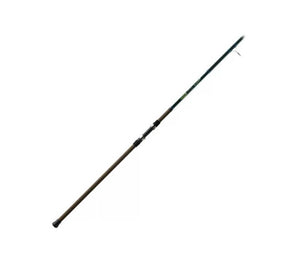
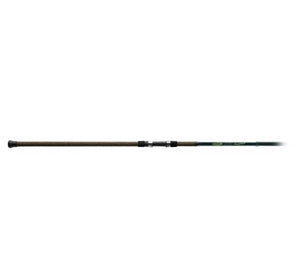 Vendor:St. Croix
Vendor:St. CroixSt. Croix Triumph Surf Travel Rod W/ Case
Regular price From $334.99 CADRegular price -
-26%
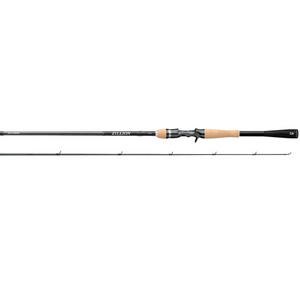
 Vendor:Daiwa
Vendor:DaiwaDaiwa Zillion Casting Rod
Regular price $329.99 CADRegular price$445.99 CAD-26%Sale price $329.99 CAD -
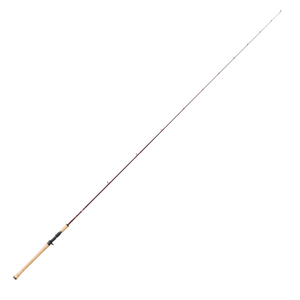
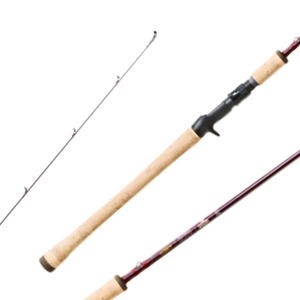 Vendor:St. Croix
Vendor:St. CroixSt. Croix Onchor Cork Casting Rods
Regular price From $329.99 CADRegular price -

 Vendor:St. Croix
Vendor:St. CroixSt. Croix Onchor Cork Center Pin Rod
Regular price $329.99 CADRegular price -
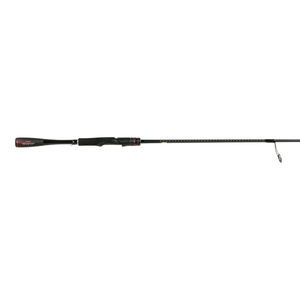
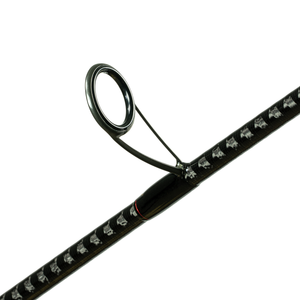 Vendor:Shimano
Vendor:ShimanoShimano Zodias Spinning Rod
Regular price From $329.99 CADRegular price
What Are Fishing Rods?
Fishing rods are specialized poles used to catch fish. Made from flexible but durable materials such as fiberglass or graphite, they are designed to hold a fishing line and bait or lure to attract and catch fish. The type of rod used varies greatly depending on the type of fishing, fishing location, and the fish species targeted.
Rods and reels are often sold together as Rod and Reel Combos but can also be sold separately, and the right combination works together to equip you for a successful fishing trip. Fishing rods come in various types specialized for different fishing styles. Understanding if you need muskie rods or casting rods is crucial for an excellent trip.
Types of Fishing Rods and Their Uses:
1. Spinning Rods:
- Used For: Predominantly used for freshwater fishing or light inshore fishing.
- Best For: Ideal for beginners and work well for smaller fish species. Excellent for casting light lures and baits.
- Species Targeted: Bass, Trout, and Panfish.
2. Casting Rods (Baitcasting Rods):
- Used For: Freshwater and saltwater fishing.
- Best For: Experienced anglers targeting larger fish, allows for precision casting.
- Species Targeted: Larger Bass, Pike, and Inshore Saltwater Species.
3. Fly Rods:
- Used For: Freshwater, especially rivers and streams, and saltwater flats.
- Best For: Specialized for fly fishing, using artificial flies as bait.
- Species Targeted: Trout, Salmon, and some Saltwater Species.
4. Ice Fishing Rods:
- Used For: Fishing through holes in the frozen water bodies.
- Best For: Shorter in length for close-up use, designed for cold conditions.
- Species Targeted: Various species depending on the location, such as Perch and Walleye.
5. Trolling Rods:
- Used For: Dragging lures or bait behind a moving boat.
- Best For: Targeting fish in deep waters and covering a large area.
- Species Targeted: Salmon, Marlin, and other deep-water fish.
6. Musky Rods:
- Used For: Specifically for catching Muskellunge (Musky).
- Best For: Designed to handle the size, weight, and fighting power of Musky. Allows for casting large, heavy lures.
- Species Targeted: Primarily Musky, but also useful for other large predator fish.
Which Rod is Right for You?
Selecting the right fishing rod hinges on your preferred fishing style, target species, and experience level. So let's explore a few quick tips to help you navigate all the options:
- For beginners, versatile spinning rods are a solid choice due to their ease of use and adaptability to various techniques.
- Anglers pursuing larger game might opt for baitcasting or trolling rods, providing the power necessary for heavier lines, lures, and species.
- Fly fishing demands specialized fly rods for delicate and precise casts. Light-action fly rods are designed for finesse, while heavy-action rods handle bigger catches.
Shop Angling Sports’ Wide Selection of Fishing Rods
Ultimately, the right type of fishing rod depends on the type of fishing you plan to do, your skill level, and the species you aim to catch. It’s crucial to choose a rod that aligns with your fishing style and the demands of the fishing location to ensure a successful and enjoyable fishing experience. Angling Sports has got you covered whether you need longer centerpin rods or beginner-level spinning rods.
We carry dependable fishing rods from leading brands suitable for experienced and beginner anglers alike. Shop our selection today to find the right rod for your needs and budget.
FAQs About Fishing Rods
Does Ugly Stik make fly rods?
Does Ugly Stik make fly rods?
How do I choose a fishing rod?
How do I choose a fishing rod?
How do I choose a baitcasting rod?
How do I choose a baitcasting rod?
How do I match a reel with a rod?
How do I match a reel with a rod?
What is a centerpin rod?
What is a centerpin rod?
What are the different types of fishing rods and their uses?
What are the different types of fishing rods and their uses?
How do I choose the right fishing rod material?
How do I choose the right fishing rod material?
How does the action and power of a fishing rod affect its performance?
How does the action and power of a fishing rod affect its performance?
Not sure what rod is right for you?
For advice on selecting the right type of fishing rod, contact the experts at Angling Sports.

